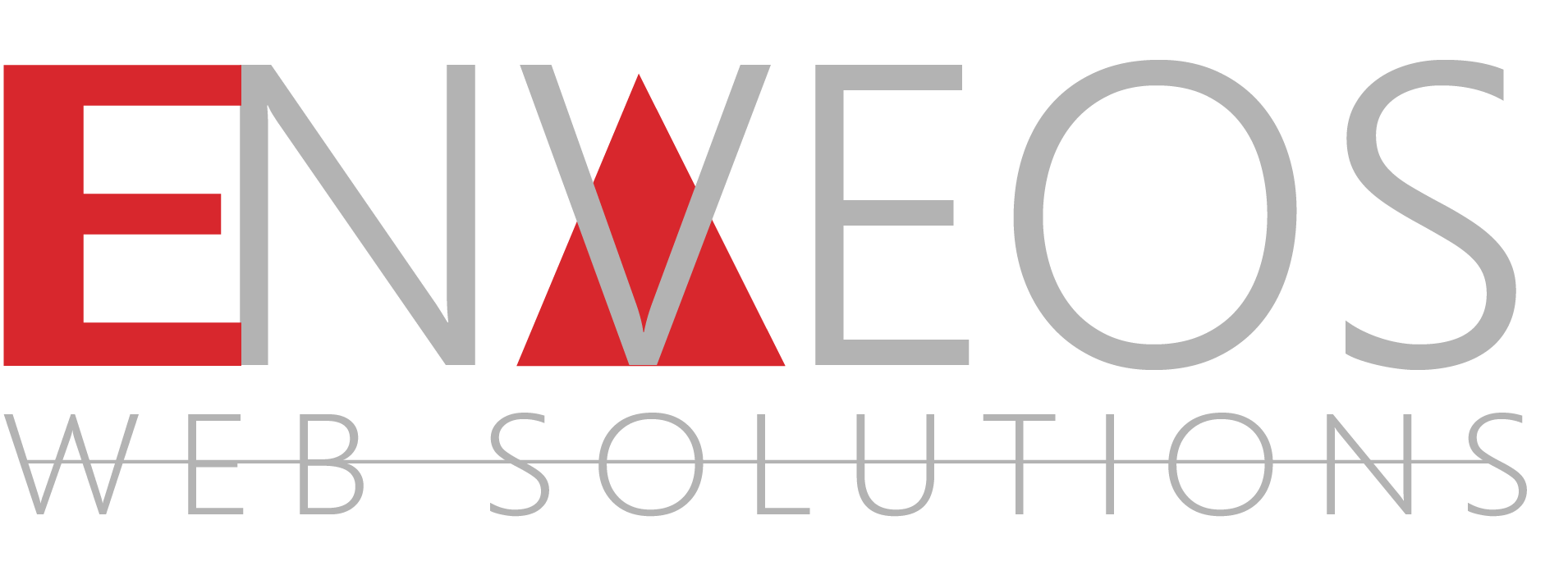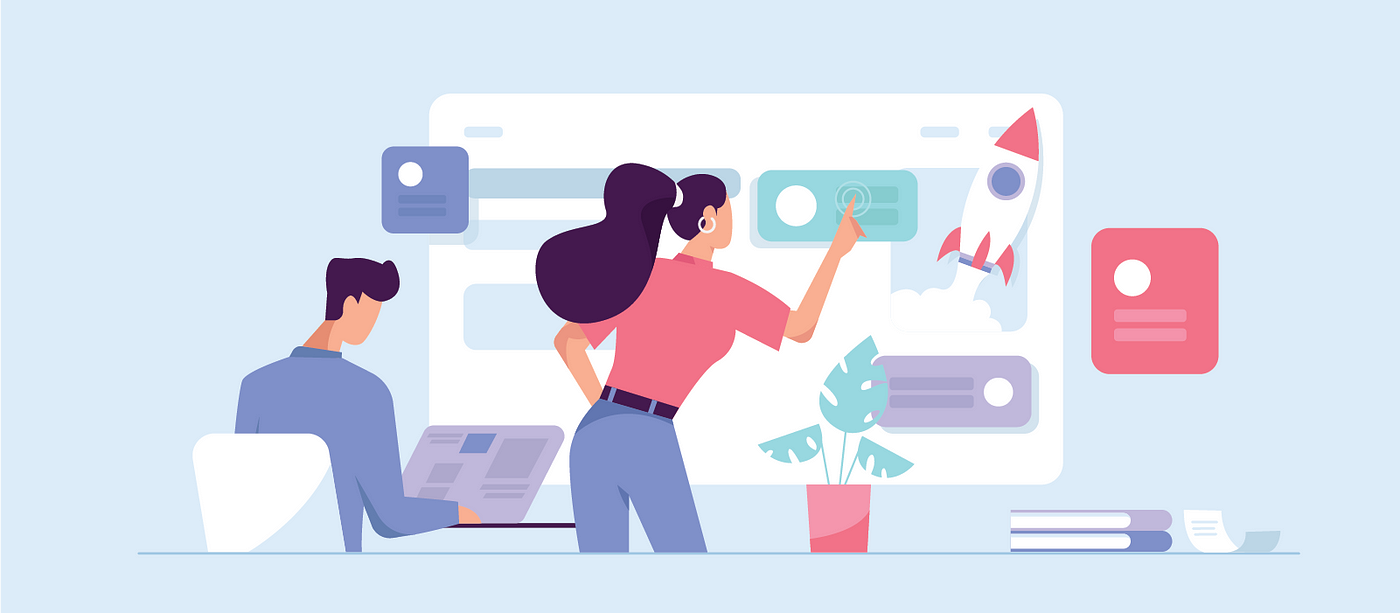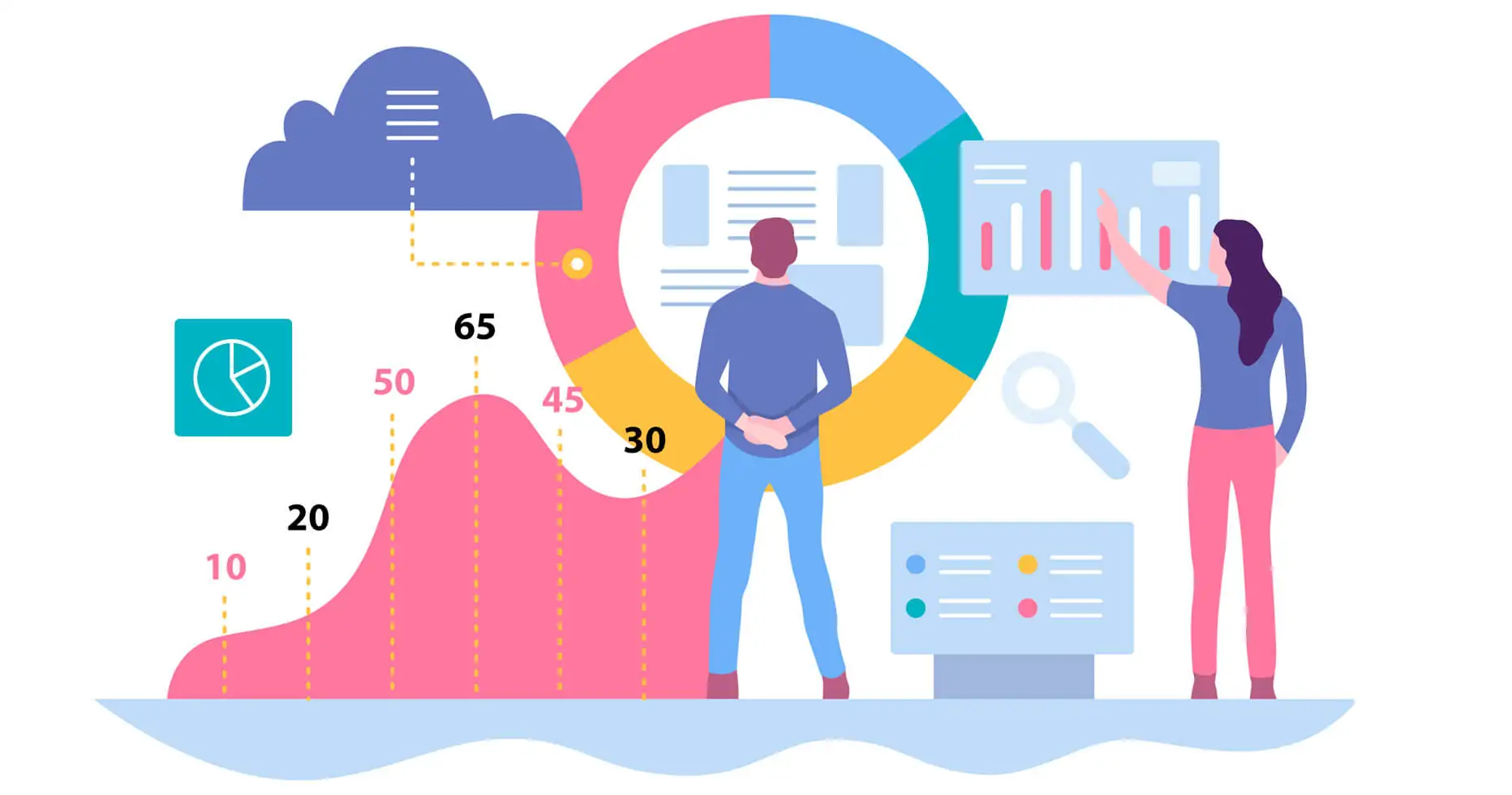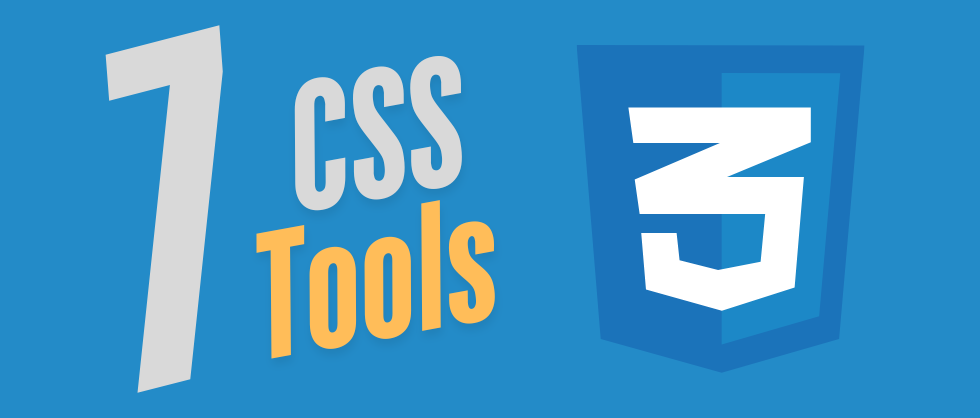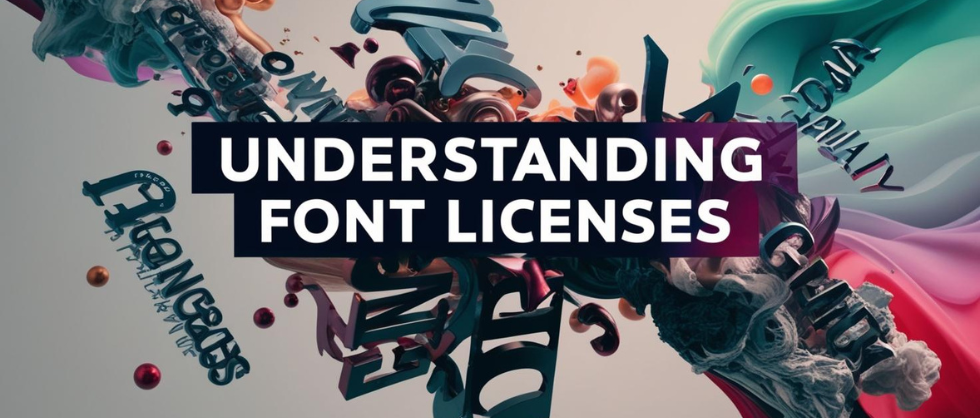Introduction
Imagine stepping into an artist’s studio, a haven of creativity where ideas come to life in vibrant colors and dynamic shapes. You can almost feel the electricity in the air as the artist, armed with nothing but a brush and an idea, begins to transform a blank canvas into a work of art. This, my friend, is somewhat similar to the process of design, a dance between creativity and strategy that brings concepts to life. However, unlike an artist who might go with the flow, a designer needs a solid process to guide their work. So, let’s venture into the world of design and discover what makes the perfect design process.
Creating the perfect design is like cooking a gourmet meal. A chef doesn’t simply throw ingredients into a pot and hope for the best. They follow a recipe, meticulously choosing, measuring, and mixing ingredients to create a culinary masterpiece. Similarly, a well-structured design process is the secret recipe for a successful design project.
While design processes may vary between different disciplines and organizations, the essence remains the same. It is a systematic approach that guides designers from the initial concept to the final product. So, let’s start this journey into the perfect design process, shall we?
The Design Process: A Journey, Not a Destination
Understanding the Problem
In the world of design, everything starts with a problem. It could be a website that’s not user-friendly, a brand that needs a visual makeover, or a product that’s not meeting customer expectations. The first step in the perfect design process is to understand this problem. This stage involves a lot of research and analysis.
Getting to the root of the problem can involve several methods, like interviewing stakeholders, observing users, or analyzing competitors. The goal is to gather as much information as possible to understand the problem from all angles. You can think of it as playing detective, hunting for clues to solve the design mystery.
Once the problem is understood, it’s time to define it clearly and succinctly. This becomes the guiding star of the project, helping designers stay focused and aligned on the goal. Without a clear definition of the problem, designers might find themselves lost in a sea of possibilities.
Ideating Solutions
With a clear understanding of the problem, it’s now time to brainstorm solutions. This is where the magic happens! The ideation stage is all about creativity and exploration. It’s about thinking outside the box, challenging assumptions, and imagining new possibilities. This is the stage where a designer’s creativity truly shines.
There are many techniques for ideation, from mind mapping and sketching to more structured methods like SWOT analysis or design sprints. The key is to generate as many ideas as possible without judging or filtering them. It’s about quantity, not quality at this stage.
Once a plethora of ideas is generated, it’s time to evaluate and select the most promising ones. This involves considering factors like feasibility, impact, and alignment with project goals. The selected ideas then become the foundation for the next stage of the design process.
Creating and Refining the Design
This is where the rubber meets the road. The chosen ideas are transformed into tangible designs. This could be wireframes for a website, mockups for a branding project, or prototypes for a product design. It’s all about turning abstract ideas into concrete solutions.
Creating the design, however, is just the beginning. The real challenge lies in refining it. This involves iterative testing and feedback cycles, tweaking and fine-tuning the design based on user feedback and performance data. This stage is often a dance between creativity and pragmatism, as designers strive to create solutions that are both innovative and effective.
Once the design is refined to perfection, it’s time for the final step in the design process – implementation. This involves bringing the design to life, whether it’s coding a website, printing a logo, or manufacturing a product. With careful execution, the design journey comes full circle, solving the initial problem with a solution that’s both creative and strategic.
Conclusion: The Perfect Design Process is Fluid and Flexible
So, what’s the perfect design process? It’s a journey that starts with understanding a problem, moves through ideating and creating solutions, and ends with implementing a final design. But remember, just like cooking a gourmet meal, the process is fluid and flexible. It’s about adapting and improvising, about blending creativity with strategy, and about transforming ideas into reality.
But, above all, the perfect design process is about embracing the journey, with all its twists and turns, its challenges and triumphs. It’s about seeing every problem as an opportunity to create, innovate, and make a difference. So, here’s to the journey, to the perfect design process, and to the magic of bringing ideas to life.
As you embark on your design journey, remember that the process is your guiding star. It will lead you from the shores of uncertainty to the land of creative solutions. So, embrace the process, trust in it, and let it guide you to the peak of design perfection.
